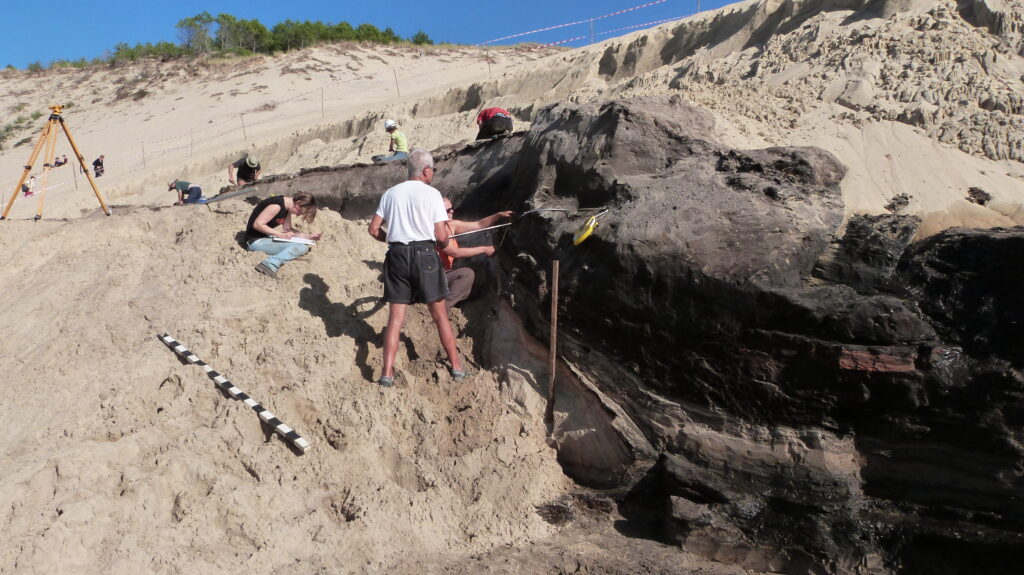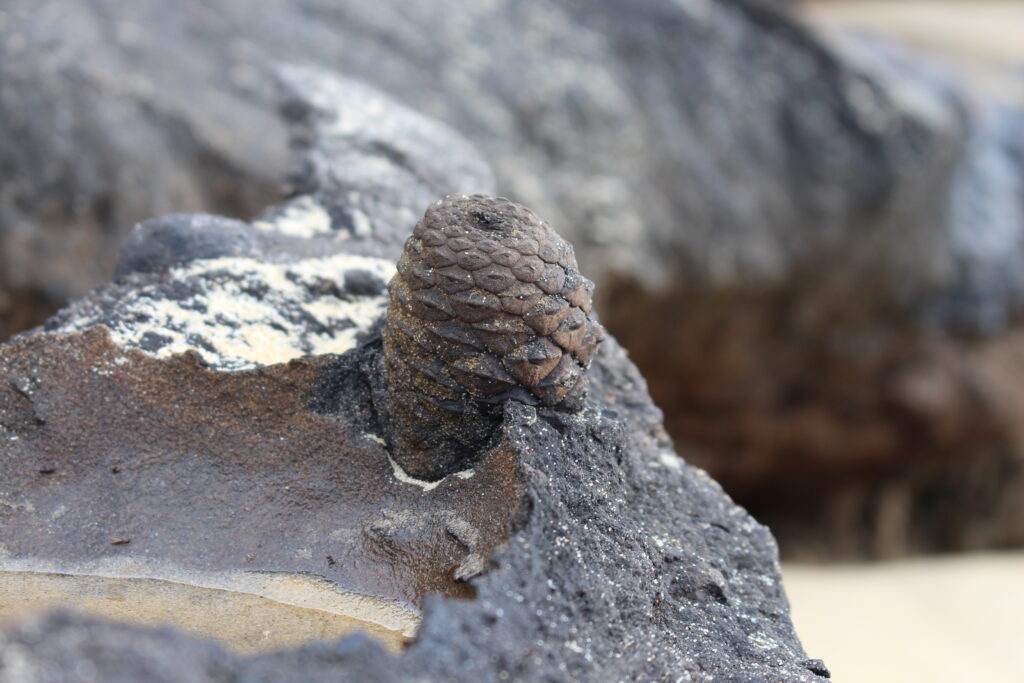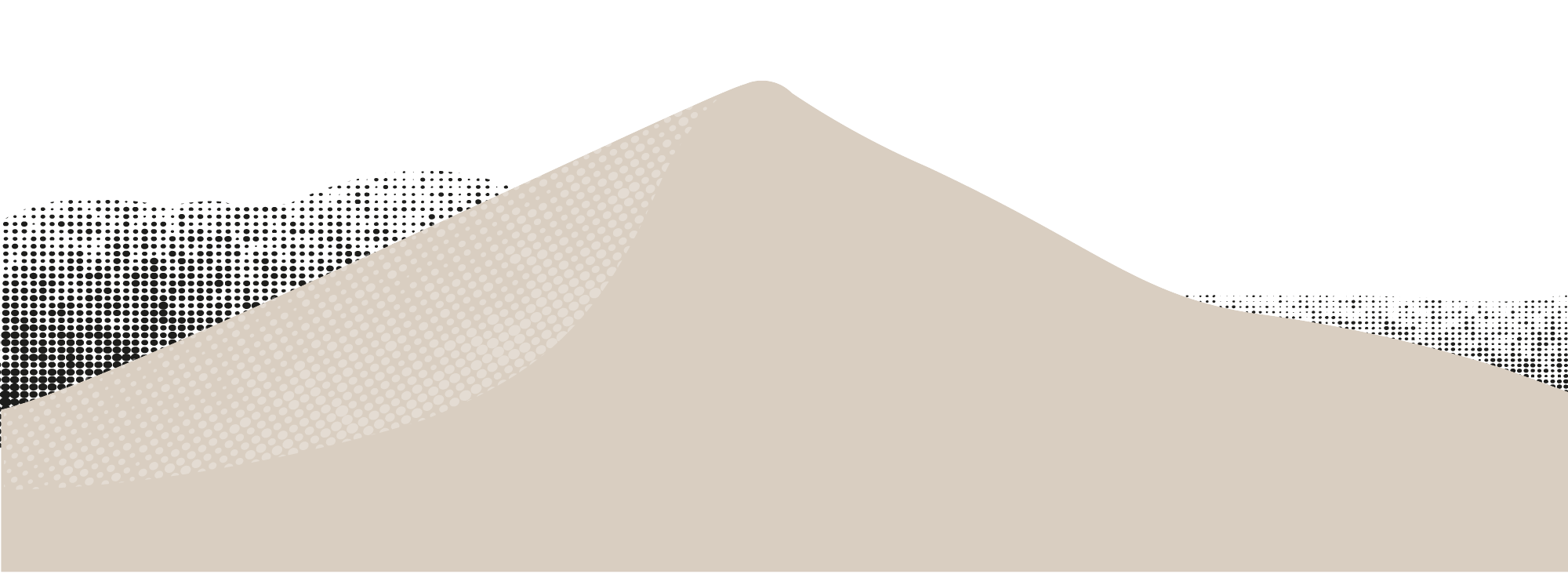From Monday, October 7th and for a period of two weeks, archaeological excavations will take place on the large site of the Dune of Pilat.
WHY ARCHAEOLOGICAL EXCAVATIONS?
The Dune of Pilat reveals a rich historical heritage of 4,000 years, it is a true natural archive.
Since 2005, the erosion of the Dune, threatening to destroy the many vestiges it preserves, has been the subject of diligent monitoring by the Archaeological research group of the Pays de Buch and Agenais, under the direction of thearchaeologist Testerin Philippe Jacques and under the control of the DRACLast winter, successive storms particularly affected one of these sites. The State therefore decided to entrust Philippe Jacques with carrying out an excavation before the definitive disappearance of the remains.

The Dune of Pilat is made up of a millefeuille of different layers, visible on its western face subject to marine erosion. It is a alternating black line (paleosol) and dune phase. These paleosols (scientists have distinguished 4) correspond to ancient forests that came to fix mobile dunes before being in turn covered by new dunes. This phenomenon froze these soils and the human activities that developed there.
The Dune of Pilat in the Protohistoric period
The search area concerns the paleosol 2, during Protohistory (between 1000 and 500 years BC). The aim will be to clarify the history of the evolution of this forest soil from the establishment of the first wetlands to its covering by dune sands.
At this time, the forest was established on practically flat sandy soil. The habitat that developed there consisted of several housing units scattered within different clearings in an area where a small river meanders. This operation will also make it possible to clarify the contours of the craft activities and the habitats of women and men in protohistory.
The remains found correspond to the locations of old dwellings.
They are most often characterized by postholes and pits that demarcate the wooden buildings. More rarely, built remains are found, such as hearths.
These people lived from livestock farming and salt production. They spun wool, fished, and traded along the shore and in the hinterland.
On this occasion, the Syndicat Mixte de la Grande Dune du Pilat, manager of the site, is offering free mediation activities:
- Visitors are asked questions by receptionists near the excavation site.
- Guided tours on October 13 and 15 at 10 a.m.
- A discovery space at the Grand Site mediation cabin

INSTRUCTIONS TO BE RESPECTED BY THE PUBLIC
All excavation areas are demarcated by staking and construction tape. As the area within these areas is inaccessible to unauthorized persons for safety reasons, crossing this boundary is strictly prohibited.
The presence of an excavator moving on the beach between excavation areas requires special attention. No one should be within 20 m of this machine.
The archaeological operation carried out on plot CE195 of the Dune du Pilat, owned by the Conservatoire du littoral, benefits from an excavation permit issued by the Ministry of Culture (DRAC Nouvelle-Aquitaine, Regional Archaeology Service).
It is recalled that no one is authorized to carry out archaeological excavations and/or use a metal detector without State authorization and that any chance discovery of an archaeological nature must be reported to the competent services (town hall, prefecture, DRASSM, DRAC, etc.). Any offense is punishable by the criminal provisions provided for in Articles L.544-1 et seq. of the Heritage Code and Article 322-3-1 of the Penal Code.









